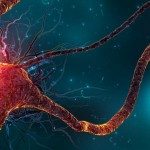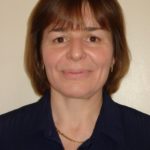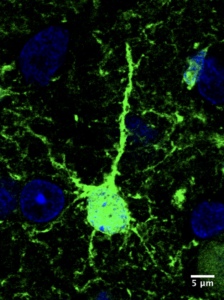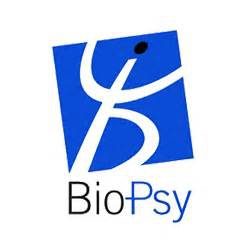About
One of the main obstacles for studying the molecular and cellular mechanisms underlying human neurodevelopment in vivo is the scarcity of experimental models. The discovery that neurons can be generated from human induced pluripotent stem cells (hiPSCs) paves the way for novel approaches that are stem cell-based. Here, we developed a technique to follow the development of transplanted hiPSC-derived neuronal precursors in the cortex of mice over time. Using post-mortem immunohistochemistry we quantified the differentiation and maturation of dendritic patterns of the human neurons over a total of six months. In addition, entirely hiPSC-derived neuronal parenchyma was followed over eight months using two-photon in vivo imaging through a cranial window. We found that transplanted hiPSC-derived neuronal precursors follow a “protracted” human developmental programme in different cortical areas. This offers novel possibilities for the sequential in vivo study of human cortical development and its alteration, followed in real-time.
Analyse in vivo des neurones humains dérivés de l’iPSC
L’un des principaux obstacles de l’étude des mécanismes moléculaires et cellulaires qui sous-tendent le neurodéveloppement humain in vivo est la rareté des modèles expérimentaux. La découverte que les neurones peuvent être générés à partir de cellules souches pluripotentes induites par l’homme (hiPSC) ouvre la voie à de nouvelles approches basées sur les cellules souches. Ici, nous avons mis au point une technique pour suivre le développement de précurseurs neuronaux dérivés de hiPSC transplantés dans le cortex de souris au fil du temps. En utilisant l’immunohistochimie post-mortem, nous avons quantifié la différenciation et la maturation des modèles dendritiques des neurones humains sur une période totale de six mois. En outre, le parenchyme neuronal entièrement dérivé de la protéine hiPSC a été suivi pendant huit mois à l’aide d’une imagerie in vivo à deux photons à travers une fenêtre crânienne. Nous avons constaté que les précurseurs neuronaux dérivés de l’hiPSC transplantés suivent un programme de développement humain “prolongé” dans différentes zones corticales. Cela offre de nouvelles possibilités pour l’étude séquentielle in vivo du développement cortical humain et de son altération, suivie en temps réel.







